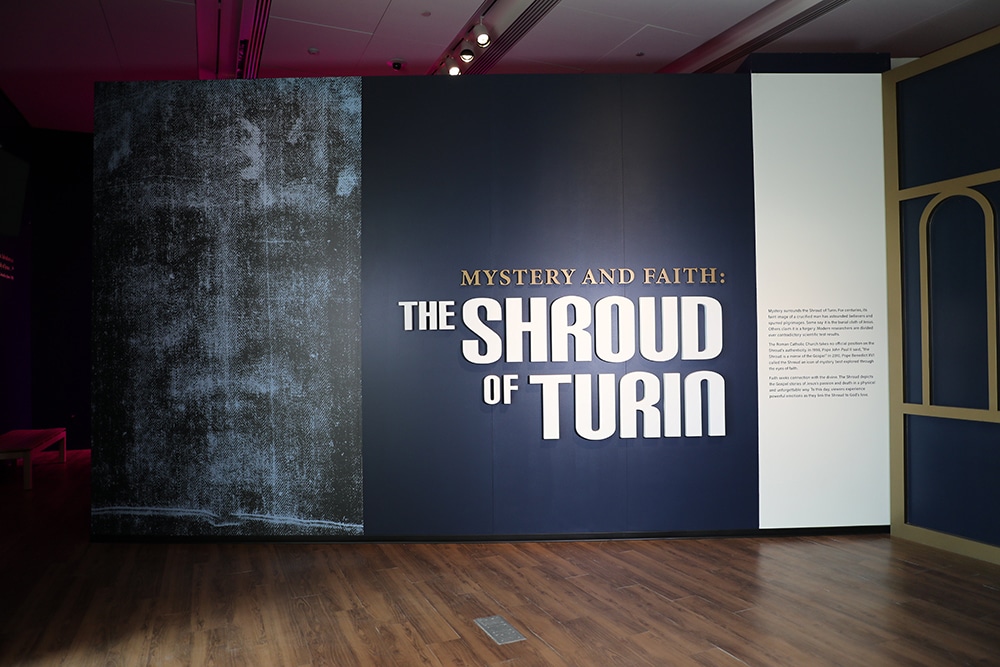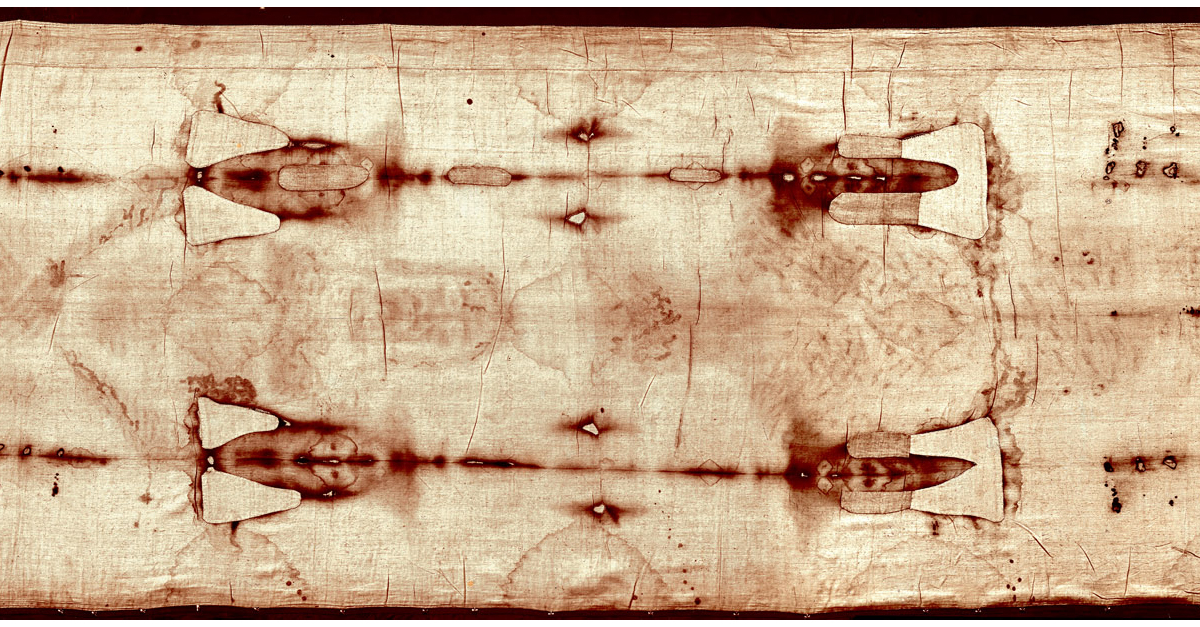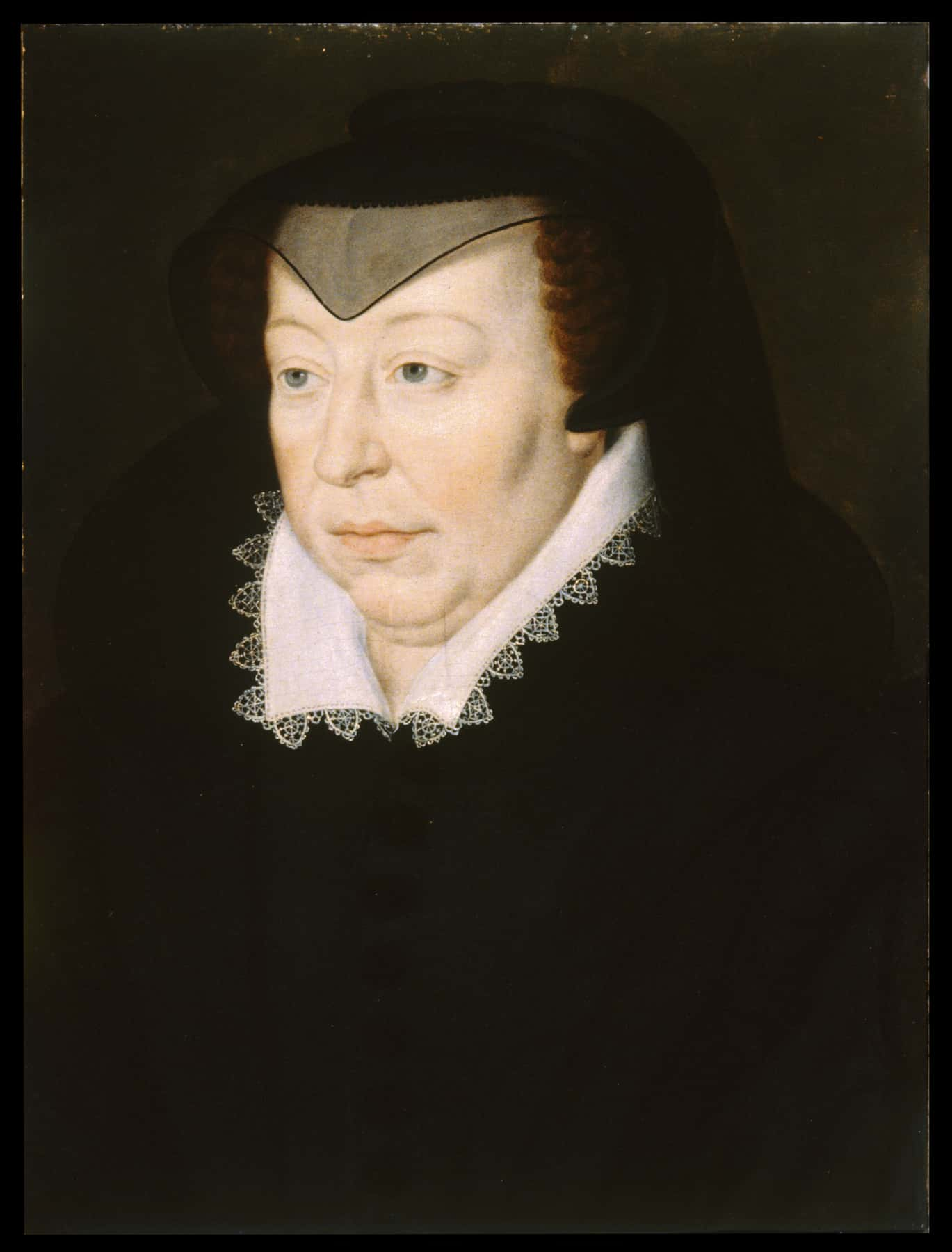The Holiest Of Relics
Believed by many to be the burial shroud of Jesus Christ, the Holy Shroud of Turin has been an object of fascination, reverence and close study for centuries ever since it emerged in the late Middle Ages. The shroud displays a shadowy image of what may be the face and body of Christ. The age of the cloth and the source of the images on it continue to be the source of debate and scientific analysis.
The Shroud Is Discovered
The story of the shroud begins in 1354 in a village in France, when the cloth was exhibited in a church. Denounced as a forgery by a French bishop, the shroud was obtained by the powerful Savoy family, who preserved it in a local chapel. Here the shroud was damaged by fire in 1532. The Savoys moved the shroud to Turin in 1578, where it still resides. The shroud is kept in the specially-designed Chapel of the Holy Shroud, where it’s been since 1683.
 Secundo Pia, Wikimedia Commons
Secundo Pia, Wikimedia Commons
Physical Characteristics Of The Shroud
The shroud is a piece of linen cloth 14 ft 5 in long by 3 ft 7 in wide. The faint cloudy brownish image seems to show a man with his hands placed in front of his midsection. At one end of the cloth is a faint image of a face that many believe is the image of Christ himself. The weave pattern in the cloth has been identified as herringbone and the fabric itself is made from flax fibres. There are burns along the edges from where the cloth was damaged in the fire back in 1532.
A Chorus Of Howling Skeptics
Controversy has raged over the decades and centuries about the exact age of the shroud. In 1988, three different research labs tested the shroud independently with radiocarbon dating and found the shroud to originate between 1260–1390, far too young to have around in the days of Christ. Historians of fabrics maintain that the shroud’s herringbone weave pattern didn’t exist in the Holy Land at the time of Christ. Other researchers insist that the supposed blood stains on the shroud are nothing more than iron oxide pigments used in medieval paint.
Backing Faith With Science
A 2022 study by researchers at the Institute of Crystallography of Italy’s National Research Council did testing with X-ray techniques. The researchers attempted to measure the degradation of the flax cellulose material of the linen. They found it to be consistent with the properties of fabric taken from the old fortress at Masada during the first century AD. The researchers also challenged the accuracy of the 1988 radiocarbon tests. The Italian team's findings attracted media attention and have revived the debate on the shroud’s authenticity.
The Shroud Today
The shroud is so fragile and precious that it’s not available for public viewing. While Popes John Paul II and Benedict XVI occasionally arranged one-time public displays of the real shroud, it’s unlikely that the shroud will be viewable any time soon. A replica is on display for public viewing at the Museum of the Shroud in Turin. Whether you believe the shroud is authentic or not, if you're visiting Turin you'll definitely want to view the shroud replica in the museum to gain more insight.
You May Like:
Duelling Da Vincis: The Secret History Of Leonardo’s Identical Masterpeices
The 13 Strangest Unsolved Mysteries From History













